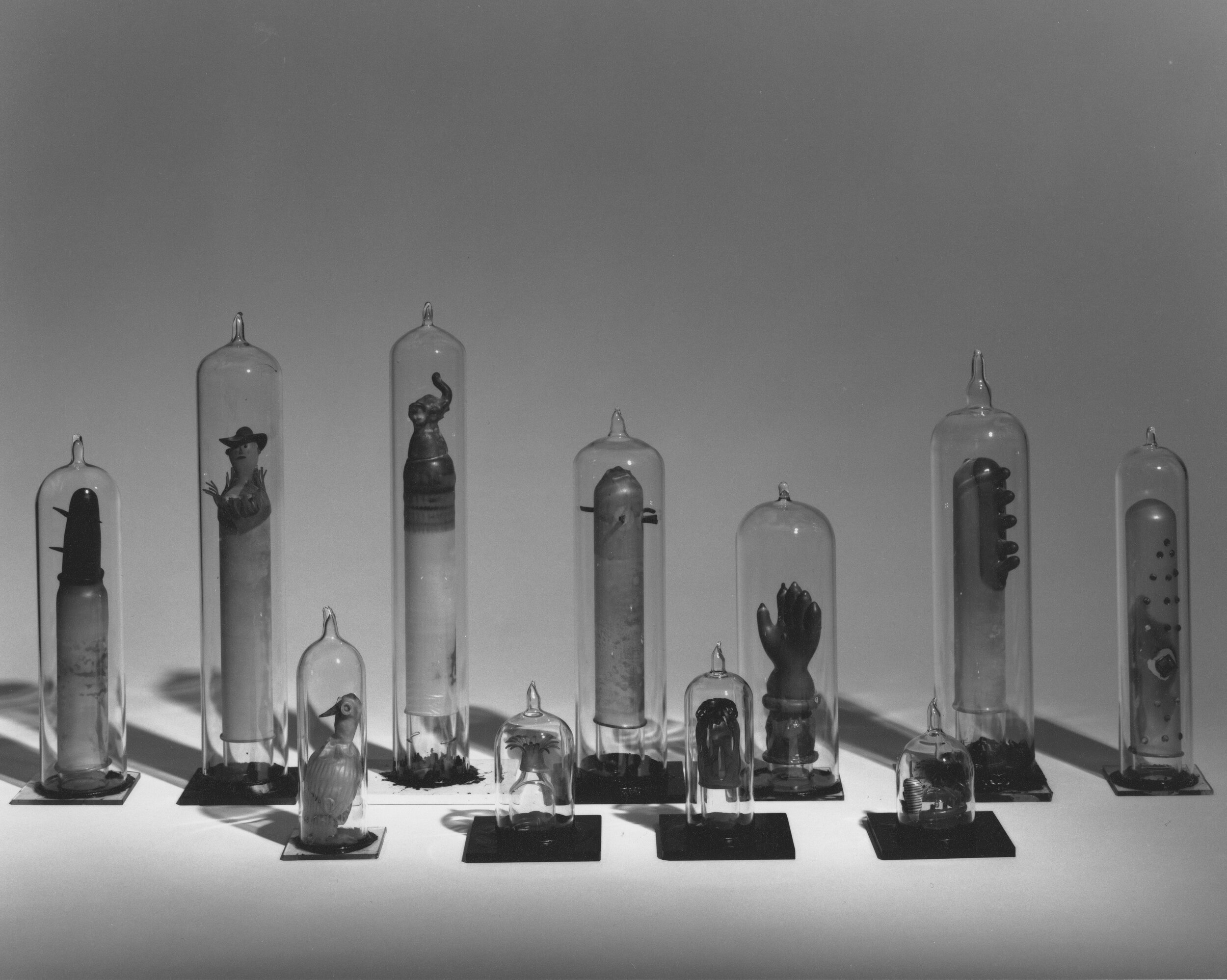
About the conference
Background
Collections of artifacts and artworks addressing sexuality have played an important role in the production of sexual knowledge. From antiquities to contemporary art to everyday, mass-produced objects, the stories of sexuality have been told and collected through material culture.
The public display of these collections of material culture connected to sexuality has always been contentious.
There is a lack of educational concepts and methods for talking about sexuality in a museum setting, as well as still deeply-held restrictive notions of talking about sex. At the same time, museums have often excluded sexualities and perspectives from women, people of color, queer people, disabled people, sex workers, indigenous people, and people from other marginalized communities. The racist and colonial legacies of museum collections, the exoticizing of non-western bodies and desires, and the objectification of women are well-known and studied. And yet, as more and more museums and exhibition spaces around the world recognize these extreme limitations, they are using artwork, objects, and other materials to talk about sexuality in new ways and critically engage with the diversity and intersections of sexuality, race, gender, and disability.
Museums are increasingly becoming spaces for community gathering, creating opportunities to engage audiences in programming that explores a variety of topics related to human sexuality. This is prompted in part by a growing number of museum and collections professionals who work with materials connected to human sexuality. But there is rarely a chance for a meaningful way for these professionals working on these topics to share and grow through our experiences and scholarship.
Exhibitionism: Sexuality at the Museum will remedy this issue.
Our goals
Highlight.
Highlight the ways museums and exhibition spaces around the world are using artworks, objects, and other materials to talk about sexuality in new ways.
Explore.
Explore the way museums are increasingly becoming spaces for diverse sexual communities, creating opportunities for empowerment and to engage audiences.
Foster.
Foster and contribute to critical scholarship and museum practice on sexuality and museums in relation to and in order to highlight de-colonial, BIPOC, feminist, LGBTQIA+, crip, and working-class initiatives and interventions.
Connect.
Connect researchers, museum professionals, artists, sex educators, and others working on sexuality and museums for intensive exchange and critical reflection to build networks and resources.
Photo credit: Condoms, 20th century, Latex and miscellaneous embellishments, courtesy of the Kinsey Institute Special Collections

